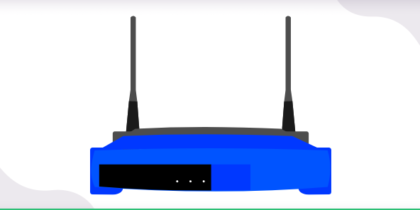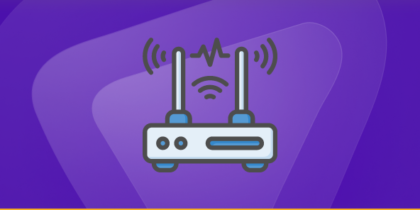Table of Contents
Protocol Independent Multicast, or PIM, is a set of various multicast routing protocols designed to work well in different situations. The two most common PIM protocols are PIM Sparse Mode and PIM Dense Mode.
All PIM protocols have a control message format in common. These messages are sent as raw IP datagrams (protocol number 103) to either a multicast group or a unicast destination.
If you are looking to port forward Protocol Independent Multicast this guide is for you. Port forwarding is used to allow remote access to a computer or device that is behind a firewall. When port forwarding is properly configured, the firewall will know to allow incoming traffic on the specified port and forward it to the correct computer or device on the network.
Requirements to Port Forward Protocol Independent Multicast
Just before you begin with the process of port forwarding, make sure you have the following things:
- Downloaded and installed the Protocol Independent Multicast server.
- The IP address of your router.
- IP address of your device.
TCP and UDP ports of Protocol Independent Multicast are mentioned in the section below.
Step-by-step guide on how to port forward Protocol Independent Multicast
Now that you have the above details noted down, you can move to the next stage of Protocol Independent Multicast port forwarding:
- On your web browser address bar, type your router’s IP Address/Default Gateway.
- Log in with your router’s credentials (username and password) to view your router’s firmware settings.
- Navigate to the port forwarding section of your router.
- Click on Port Forwarding.
- Enter the IP address of your device in your router in the correct box.
- Put the TCP and UDP ports of the Protocol Independent Multicast server in the boxes in your router. The default Protocol Independent Multicast port number is 496. And then click the apply button.
- And you’re done. Restart your router to let the changes take effect.
- Once your changes take effect, now you can host a Protocol Independent Multicast server and let your friends connect to it as well. To let them connect to it, you need to provide them the hostname you are using, along with the port number. For example, ‘hostname.domain.com:25565’.
Protocol Independent Multicast ports needed to run
The default Protocol Independent Multicast ports are:
| UDP Port: | 496 |
Quickly and safely open ports using PureVPN
Opening a port shouldn’t be complicated. With the Port Forwarding add-on, it’s as simple as 1, 2, and 3!
Ports to forward on devices
Ports to run on PC:
| UDP Port: | 496 |
How to open ports behind CGNAT
What if your ISP performs CGNAT? Most ISPs perform CGNAT (Carrier-grade Network Address Translation) to conserve bandwidth and assign a single IP address to multiple users connected to the same internet network. However, CGNAT makes it difficult for you to open ports on the router.
To get around the CGNAT issue, you can use the Port Forwarding add-on to bypass this problem and port forward routers without hassle.
Here’s more information on how to use PureVPN’s Port Forwarding add-on and bypass CGNAT in a few clicks.
PureVPN’s Port Forwarding Add-on
A secure way to open all ports
To most people, port forwarding is quite a demanding task. For starters, every router has a different console, which often makes it difficult to navigate to specific settings.
Secondly, you won’t always be able to open Protocol Independent Multicast Online ports on your router if your ISP restricts the ports. Yes, you heard that right! ISPs are notorious for blocking ports due to security reasons. If ISP isn’t the reason behind a blocked port, then perhaps it could be your operating system’s firewall.
Well, you can eliminate all these problems with PureVPN’s Port Forwarding add-on. Through the Port Forwarding add-on, you can allow all ports, disallow all ports, and allow specific ports.
FAQ’s
How does Protocol Independent Multicast work?
PIM Sparse Mode (PIM-SM) is a multicast routing protocol designed for use in networks where most subnets will not need any given multicast packet.
Is it hard to port forward for Protocol Independent Multicast?
Setting up port forwarding is not difficult at all. To set up your device, simply give it a static IP address and forward the correct port numbers to that new address.
How is port forwarding working?
For connecting to the router, the destination sends a request with the router’s IP address and a specified port. The router then checks its NAT table for an open connection that matches this IP address/port combination. The request is passed along to the correct device on the internal network if there is such a connection.



